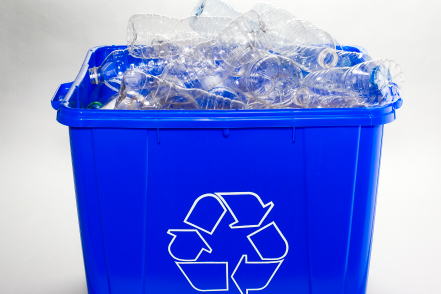7 ways to reduce your school’s carbon footprint

If you are looking for ways to save money and reduce your school’s carbon footprint here are some simple tips which can help:
1. Compost all non-animal based organic materials. By composting non-animal based waste from your school kitchen you can create good quality compost which can be used on your school garden, or you could even bag it up and sell it to parents. Compost bins are easy to make or you can purchase them from good garden centres. The composting process can also be observed by students making an ideal real-life learning aid for Science lessons.
 2. Recycle everything – install recycling bins around the playground and in classrooms – or have a recycling area. Put up posters explain what can go in each bin and help younger pupils if they are unsure. Old school furniture can be donated or taken apart and used to build new furniture. Electronic devices can also be recycled. To find out what you can recycle and where your nearest recycling bank is for various types of waste visit http://www.recyclenow.com/
2. Recycle everything – install recycling bins around the playground and in classrooms – or have a recycling area. Put up posters explain what can go in each bin and help younger pupils if they are unsure. Old school furniture can be donated or taken apart and used to build new furniture. Electronic devices can also be recycled. To find out what you can recycle and where your nearest recycling bank is for various types of waste visit http://www.recyclenow.com/
3. Reduce energy waste – consider improving your schools building’s insulation to reduce the amount of heating needed. Motion sensor lighting can effectively reduce the electricity used especially if lights are often left on in unused classrooms.
4. Switch to renewable power – many schools now install solar panels to replace or reduce their current power source. This can save the schools lots of money – with the added bonus of selling any unused energy – such as in school holidays, back to the National grid.
5. Source local food for school dinners – this can reduce freight emissions and also helps you to support your local economy
6. Change your buying habits – review what the school buys and see if there is a greener alternative. Consider using recycled paper and IT equipment which uses less energy. You could also look to using more environmentally conscious suppliers who use energy efficient vehicles.
7. Make the school run more eco-friendly – encourage pupils and staff to walk or cycle to school as much as possible. According to Sustrans (www.sustrans.co.uk) one in five cars on the road during the morning peak are doing the school run. By cycling or walking to school children gain more independence, and learn about their local area. By encouraging pupils to walk or cycle you can reduce congestion and pollution and help children increase their physical activity and become healthier.
Safety should always be the most important consideration. Parents or volunteers may be able to accompany children who decide to walk to school. Walking bus is often a popular way to encourage children to walk to school whilst reassuring parents and guardians that the children are as safe as possible. For those who cycle, consider introducing cycling proficiency and road safety lessons to help children learn about the dangers on the road and how to behave in these situations. Bikeability offer cycle safety training for schools – for more information go to http://www.dft.gov.uk/bikeability/.
If you find a lot of students and staff are cycling to school you may wish to install a cycle shelter or compound to ensure bikes are kept secure and safely out of the way during the school day. To find out more about the cycle parking options we offer click here.
Able Canopies Ltd. design, manufacture and install canopies and shade structures
at schools, nurseries and educational settings to enable year-round
Free Flow Outdoor Play and Outdoor Learning.
For more information please contact us
Follow us on our social media accounts for the latest funding advice, new products & latest news:
Twitter | Facebook | Google + | Linked In
Categories
- Canopies for Architects & Contractors
- Canopies for Healthcare
- Canopies for Restaurants, Bars and Hotels
- Canopies for Retail & Commercial
- Canopies for Schools
- Canopies for Sports & Leisure
- Canopy Maintenance
- Case Studies
- Cool Links & Facts
- Cycle Parking Solutions
- Dates for Your Diary
- Eco-Friendly Holiday Crafts
- Employee Spotlight
- Environmental Tips
- Funding and Fundraising
- How to... Get the Most out of Your Canopy
- Latest News
- Latest Stories
- Lockdown Outdoor Learning & Play Ideas
- MD News
- Newsletters - Architects & Contractors
- Newsletters - Schools & EYFS
- Outdoor Learning
- Outdoor Play
- Planning Your Cycle Parking
- Product Focus
- Solar Carports
- Spring Fundraisers 2017
- Summer Shade
- The Good Canopy Guide
- Wall Mounted Canopies











